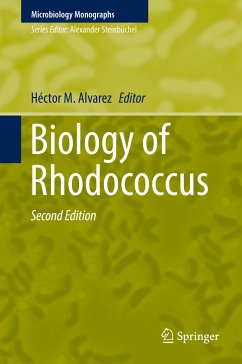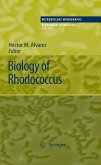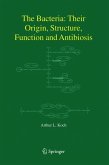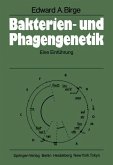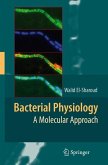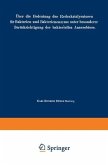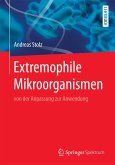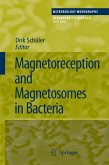Following an overview of its taxonomy, chapters cover the structural aspects of rhodococcal cellular envelope, genomes and plasmids, metabolic and catabolic pathways, such as those of aromatic compounds, steroids and nitriles, and desulfurization pathways, as well as adaption to organic solvents. Further reviews discuss applications of Rhodococcus in the bioremediation of contaminated environments, in triacylglycerols accumulation, and in phytopathogenic strategies, as well as the potential of biosurfactants. In addition, properties of these bacteria to thrive and survive in oligotrophic environments are also discussed. A final chapter describes the sole pathogenic Rhodococcus member, R. equi.
This book is intended for undergraduate, graduate and postdoc researchers and students interested in a wide range of areas of knowledge related to the bacteria of the genus Rhodococcus. In addition, this work will be useful for professionals who work in companies related to biotechnology and commercial use of microorganisms.
Dieser Download kann aus rechtlichen Gründen nur mit Rechnungsadresse in A, B, BG, CY, CZ, D, DK, EW, E, FIN, F, GR, HR, H, IRL, I, LT, L, LR, M, NL, PL, P, R, S, SLO, SK ausgeliefert werden.

